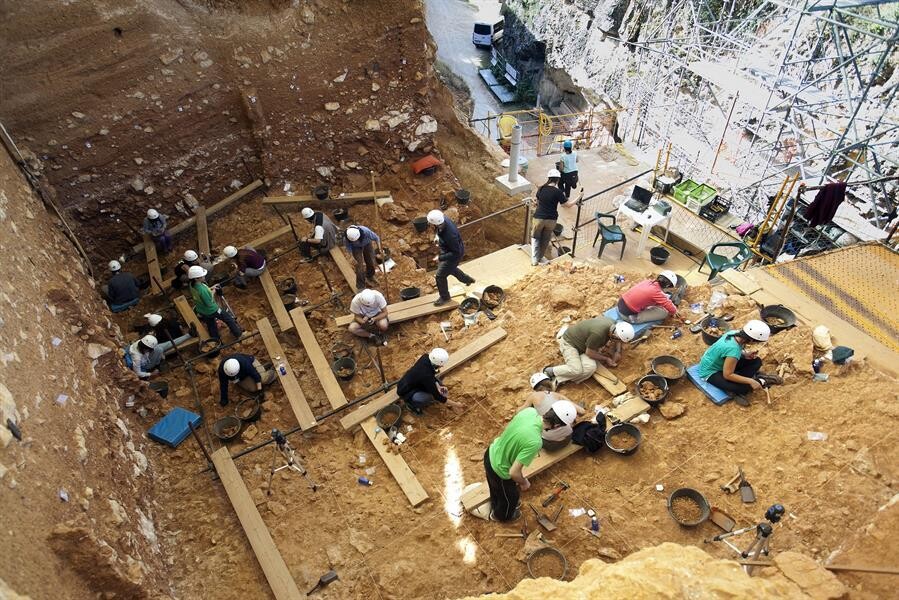
A recent study suggests that Homo sapiens does not descend from one, but from at least two ancestral populations that separated around 1.5 million years ago and reunited about 300,000 years ago. According to Trevor Cousins, a biologist at the Department of Genetics at the University of Cambridge (UK), who led the research, one of these populations contributed 80% of the genetic composition of modern humans, while the other contributed 20%. The study, published in Nature Genetics, reveals that our evolutionary origins are more complex than previously thought. Richard Durbin, a co-author of the study, indicates that different human groups developed separately for over a million years before forming the modern human species. Researchers relied on data from the 1000 Genomes Project, which contains DNA sequences from populations in Africa, Asia, Europe, and America, and used a computational algorithm called cobraa to model the separation and fusion of ancient human populations. In addition to detecting evidence of two ancestral populations, the study revealed a severe bottleneck in one of them immediately after the separation, suggesting that its size was significantly reduced before it grew again. The genes from the population that contributed the majority of the genetic material of modern humans appear to have been key in human evolution, especially those related to brain function and neuronal processing. In contrast, genes inherited from the second population tended to be away from genetic regions related to gene functions. This novel approach could transform the way evolution of other species is studied, according to researchers, by demonstrating that the idea of distinct lineages in evolution is overly simplistic. Although fossil evidence points to species such as Homo erectus and Homo heidelbergensis as possible candidates for these ancestral populations, further research will be needed to accurately identify which corresponds to each group.












